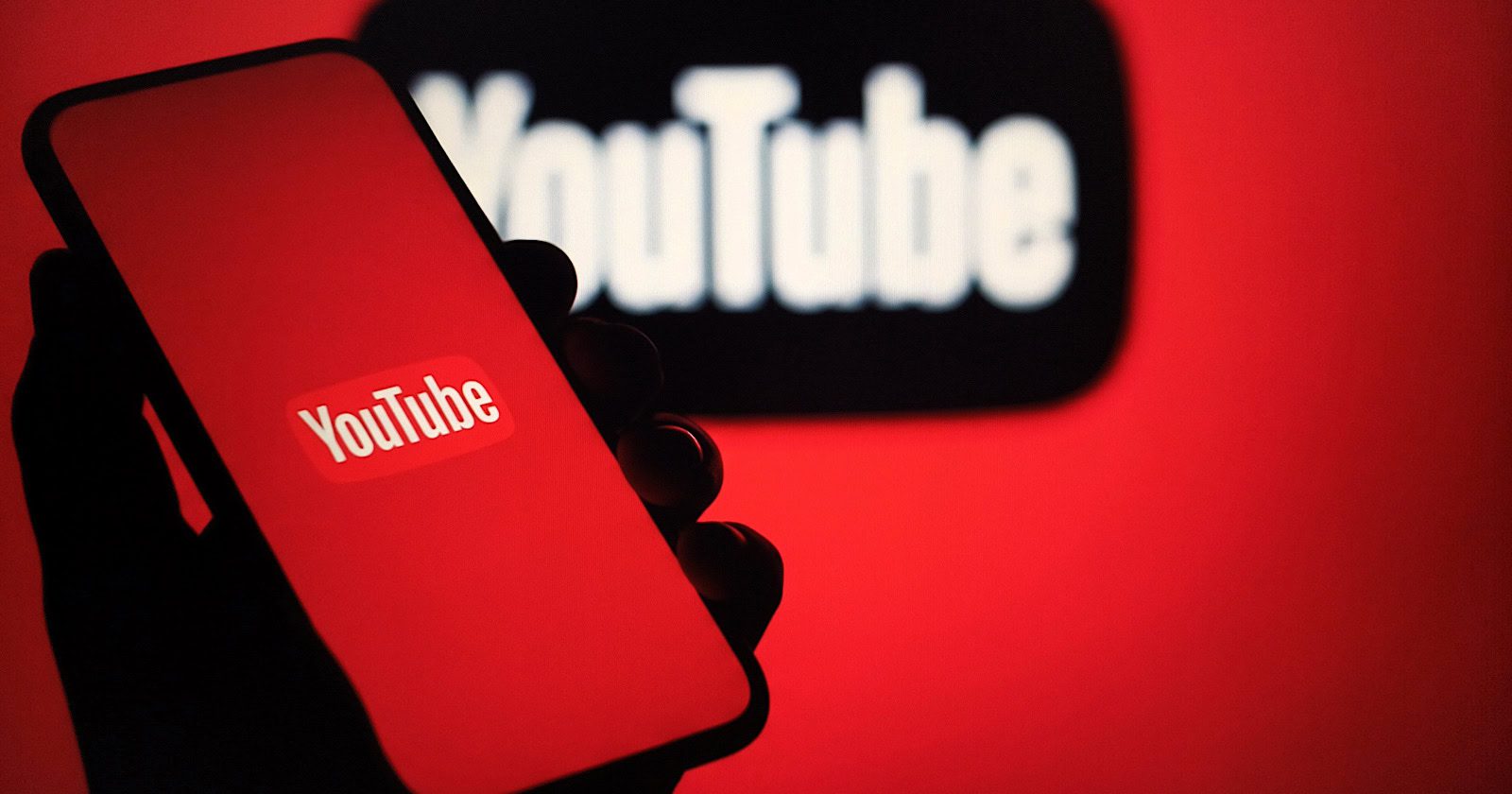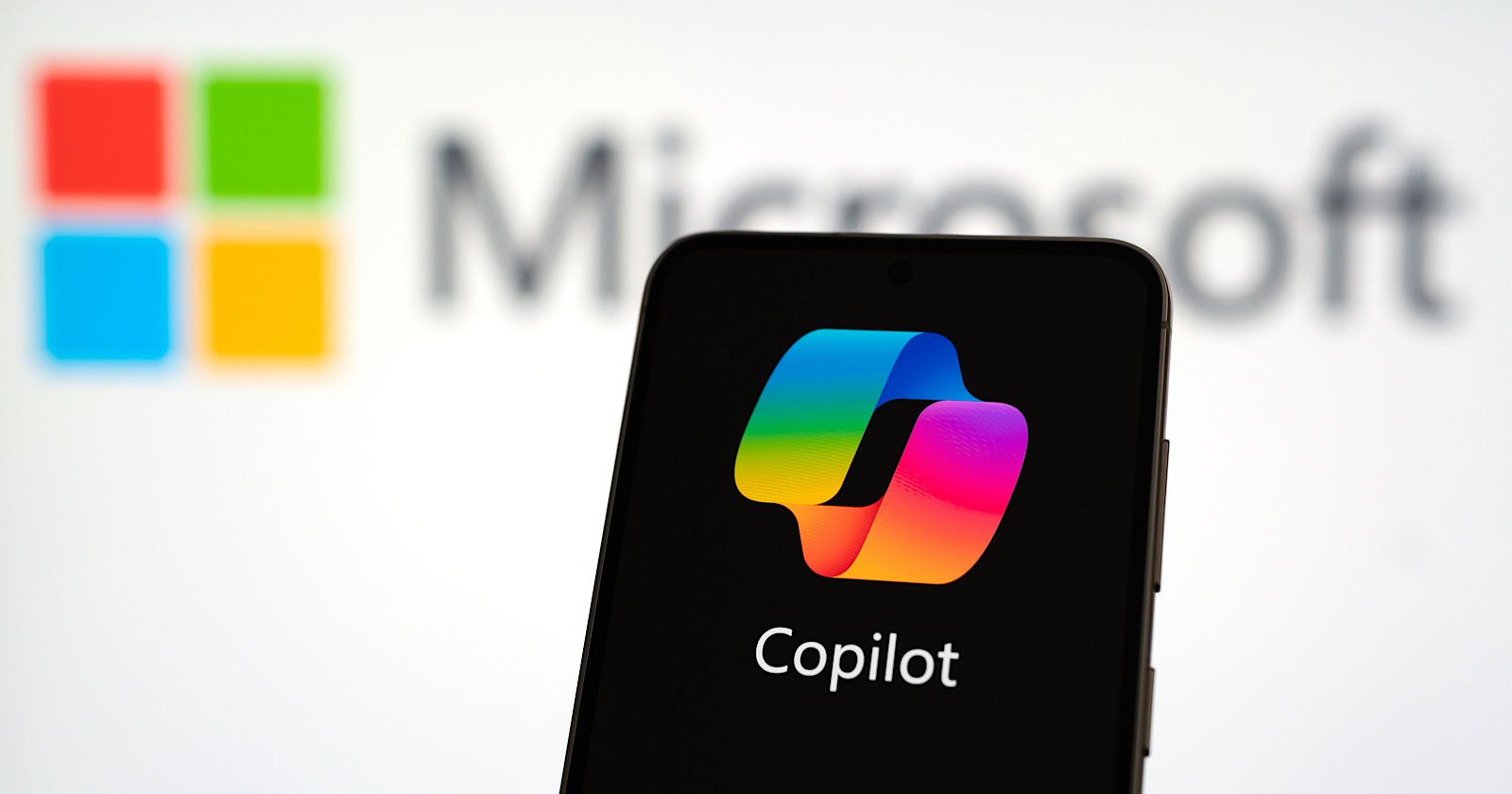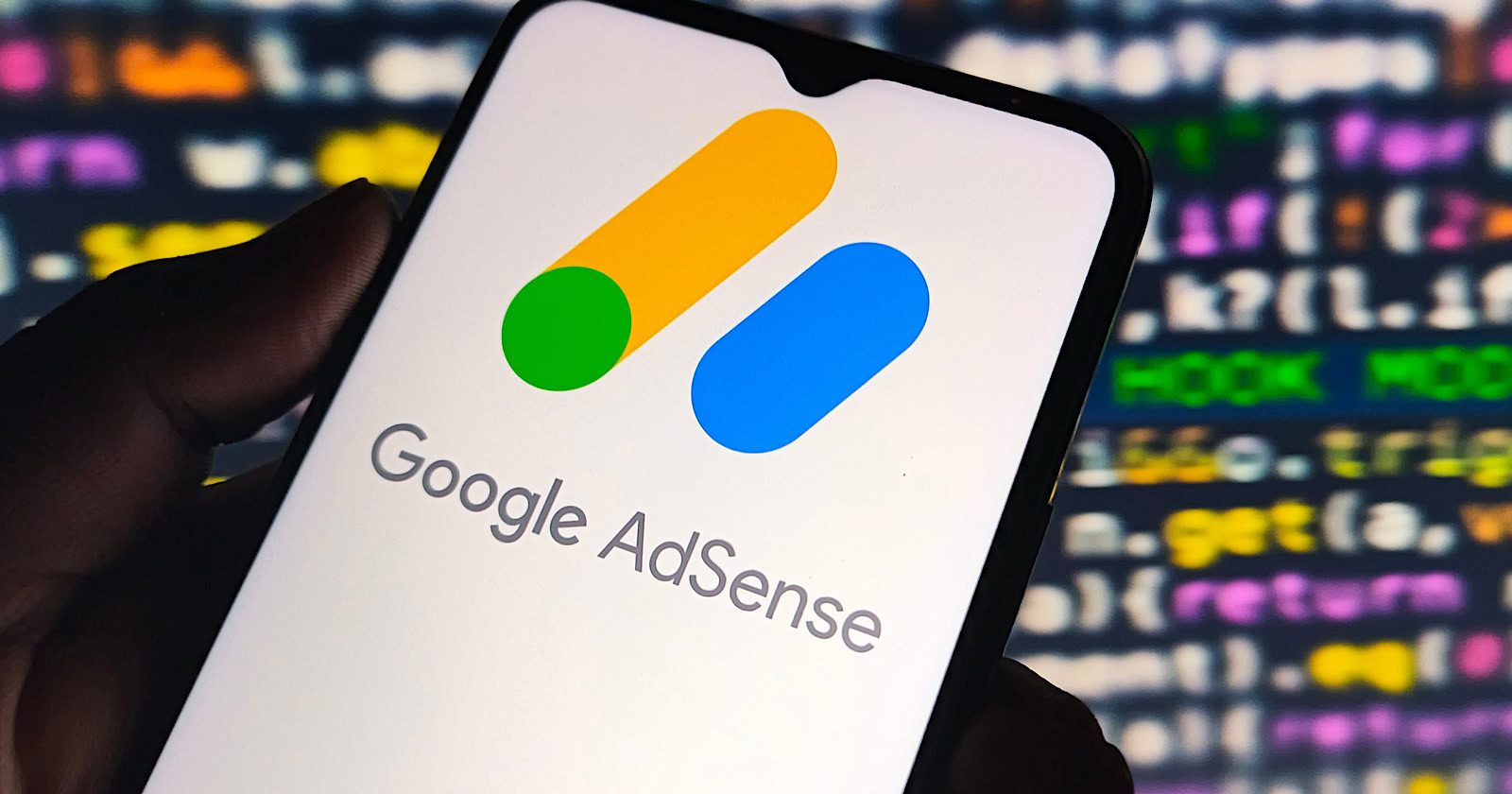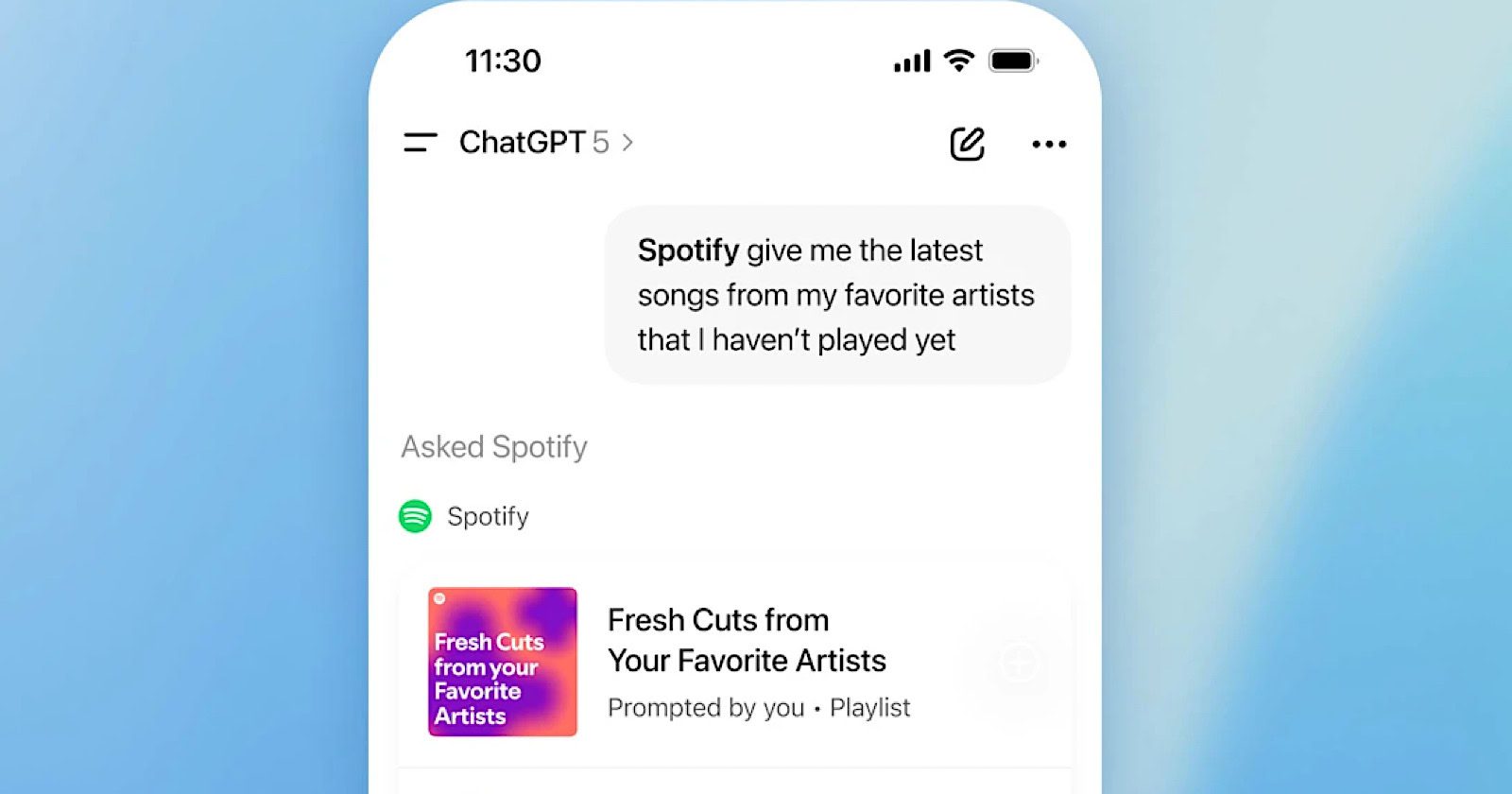For years, marketers have struggled to measure the full picture of how their brand shows up on YouTube.
Paid campaigns have their own dashboards. Creator collaborations usually live in separate, manual spreadsheets. Organic and user-generated content rarely make it into the same conversation.
YouTube’s new Brand Pulse Report, just announced today looks to change that. It aims to offer brands a unified view of how their presence is represented and performing across every corner of the platform.
Read on to understand more about the report and how to use it to your advantage.
A Closer Look at the Brand Pulse Report
YouTube describes Brand Pulse as a new, AI-powered measurement solution that detects and quantifies a brand’s presence across the platform. It doesn’t look at just paid placements, but in creator videos, organic uploads, and even user-generated content.
It uses what YouTube calls multi-modal AI, meaning it analyzes videos across multiple dimensions:
- Audio: detecting spoken mentions of a brand
- Visuals: identifying logos, packaging, or even product shots
- Text: reading brand mentions in titles, captions, or descriptions
This allows the tool to recognize where a brand appears, intentionally or organically, and then tie those signals back to viewer engagement metrics like “Total Unique Viewers” and “Share of Watch Time”.
For brands, that means visibility into where and how they show up across YouTube, even in content they didn’t create or sponsor directly.
Why the Brand Pulse Report is So Notable
Marketers have long been asking for better ways to measure YouTube’s brand impact beyond paid media.
Brand Pulse answers that request by connecting the dots between paid, organic, and creator-driven exposure. It gives the respective teams a more complete picture of influence.
YouTube also notes that the tool will show how brand exposure on the platform drives “Search Lift”, allowing advertisers to see how YouTube content contributes to increases in branded search queries. This connection between upper-funnel video exposure and mid-funnel intent is one of the most interesting aspects of the rollout.
As Google Ads Liaison Ginny Marvin explained on LinkedIn, the Brand Pulse Report is “helping brands finally connect the dots,” showing how paid and organic videos together influence real behaviors, not just views or likes.
YouTube’s move here mirrors a broader industry shift toward holistic measurement: tying together paid and organic activity to give brands a single narrative of influence.
Similar efforts are underway in Connected TV, social, and retail media, where advertisers increasingly want to understand how their brand performs in context, not just in isolation.
For YouTube, Brand Pulse also reinforces its positioning as more than just a performance or creator platform. It’s a brand-building ecosystem: one where paid, creator, and user content coexist in ways that shape real consumer behavior.
What Does This Mean For Brand and Media Teams?
For advertisers, this report could help solve one of the most persistent blind spots in video marketing: the inability to quantify the ripple effect of brand exposure.
Historically, a creator video might boost product awareness, a pre-roll ad might reinforce it, and organic search might capture it.
But, those signals lived in isolation.
Brand Pulse promises to bring those touchpoints together under one lens.
This unified visibility could help teams by:
- Highlight how paid campaigns amplify creator and organic reach
- Reveal where brand mentions are naturally gaining traction
- Help benchmark visibility against competitors within the same category
- Inform where future collaborations or ad placements could drive incremental reach
For many teams, it may also reshape how budgets are allocated.
For example, if the data consistently shows that paid YouTube campaigns drive organic or creator-based lift, it strengthens the case for reinvesting more heavily at the brand-building stage. Where previously, teams would rely solely on performance metrics like conversions or click-through rates (which we know isn’t the main goal for all YouTube campaigns).
Additionally, if the Brand Pulse report ties together how well each channel performs together, it may strengthen the case to continue investment in all of those channels. It could help signal that without one channel, others may suffer indirectly as a result of cutting.
Current Limitations and Questions to Ponder
The Brand Pulse Report is currently available only to select advertisers, so it’s still in its early days. And while the vision is ambitious, several questions may be top of mind:
- How accurate is its multi modal AI? Will it correctly recognize a brand when it’s partially visible, mispronounced, or used in a negative context?
- Are there any thresholds for brands to reach? For example, how long must a logo or mention appear for it to count as meaningful exposure?
- Is there risk for attribution overlap? If a viewer sees both a paid ad and an organic mention, how will Brand Pulse avoid double-counting influence?
Marketers should also remain cautious about assuming correlation equals causation. While a lift in search volume or engagement may align with YouTube exposure, controlled testing will still be necessary to validate true impact.
A Move Towards Holistic Measurement
YouTube’s Brand Pulse Report represents a meaningful step toward closing one of the biggest gaps in digital measurement: connecting what people see with how they search, engage, and recall brands later on.
If successful, it could give marketers a truer sense of how awareness efforts on YouTube translate into tangible brand outcomes.
Still, adoption will depend on data accuracy and usability. The potential is significant, but the real proof will come from how well the report balances AI ambition with real-world reliability.
For now, Brand Pulse signals where measurement is headed: beyond impressions and clicks, toward understanding the total presence of a brand across the YouTube ecosystem.










